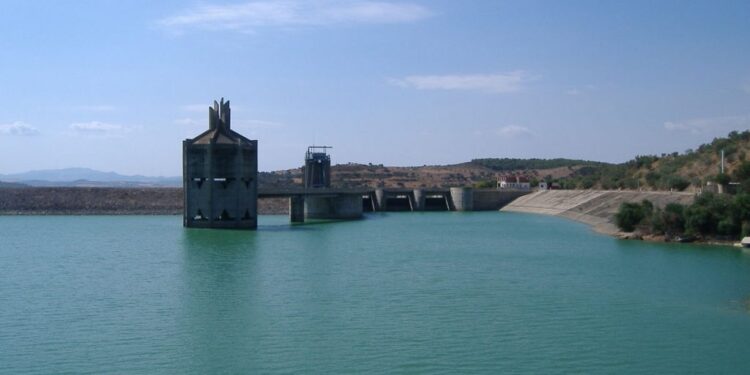The water reserves stored in Tunisian dams reached 842.825 million cubic meters (mm³) on July 18, 2025, or 35.6% of their total capacity, according to the latest data published by the National Observatory of Agriculture (UNAGRI). This figure represents an increase of 29.5% compared to the same period last year.
In comparison with the average of the last three years, the current level also displays an increase of 57.779 mm³, an increase of 7.3%, going from 785.045 mm³ to 842.825 mm³.
Important regional disparities
Northern dams concentrate most of the resources, with 774.712 mm³ stored, a filling rate of 41.8%, against 609.428 mm³ a year earlier. On the other hand, the Dams of the Center and Cap-Bon display significantly lower levels, with rates of 11.6% (52.344 mm³) and 25.5% (15.769 mm³), respectively.
Some dams, however, display good filling levels:
- Mellegue: 59% (30.253 mm³)
- El Barrak: 53% (152.554 mm³)
- Sejnane: 44% (57.808 mm³)
Contributions very below the averages
Despite the improvement of reserves, the water intakes remain very low. Between September 1, 2024 and July 17, 2025, the cumulative intake reached 969.846 mm³, a drop of 800.366 mm³ compared to the average of the period which was established at 1770.212 mm³.
For the only day of July 18, the dams received 0.440 mm³ of water:
- North: 0.418 mm³
- Center: 0.012 mm³
- CAP-Bon: 0.007 mm³
Water uses and releases during the same day rose to 2.328 mm³, distributed as follows:
- North: 2.054 mm³
- Center: 0.057 mm³
- CAP-Bon: 0.067 mm³
Lake Ichkeul received, until July 18, 1.493 mm³ of water during the current season, against 0.264 mm³ at the same period of the previous year, which marks a notable improvement.








